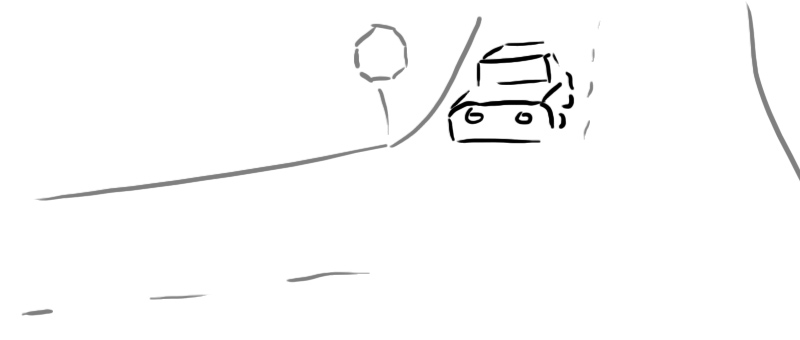"...every institution's unstated first goal is to survive and grow, not to undertake the mission it has nominally staked out for itself."
That quote is attributed to "a French sociologist" ...whoever he (or she) may be.
As a second day of not doing business begins to draw to a close, I wonder: Does this apply to Sonlight? Does Sonlight exist to survive and grow, or do we exist to "reach families worldwide with remarkable, literature-rich, internationally-focused homeschool curriculum"? Yesterday I asserted that Sonlight does not exist, primarily, to make money. The quote above begs to differ. Who's right? That French sociologist, or me?
I think the answer is found in the two sides of Sonlight.
For the first side, think of the bottom of Sonlight's Logo: A nice sea of blue in which an open book floats. These books--and the sale thereof--sustains the "institutional" side of Sonlight. Sonlight is a business and so to continue to do what we do we must make money. In that sense, the sociologist is right. The sale of literature-based homeschool curriculum is the first goal of Sonlight. Sales is the foundation of the company Sonlight.
Now look at the top of Sonlight's Logo: Sunbeams radiate over the horison, almost as if they came from within the book, but not exactly. This is the drive to "reach families worldwide with remarkable, literature-rich, internationally-focused homeschool curriculum." This is the reason we continue to seek to serve you. This is why Sonlight exists. If we could no longer provide you with remarkable, literature-rich, internationally-focused homeschool curriculum, we'd close our doors. We wouldn't start selling tires or shipping vegetables. Not because there's something wrong with tires or vegetables, but because Sonlight's mission is what drives us... not the pursuit of dollars.
The sociologist is right, but only as far as any truism can take you. The unstated goal of Sonlight corporate is to stay in business. But why? So we can continue to offer you amazing homeschool curriculum. If we can't do that, we'll go home.
~Luke Holzmann
Filmmaker, Writer, Empty Nester






